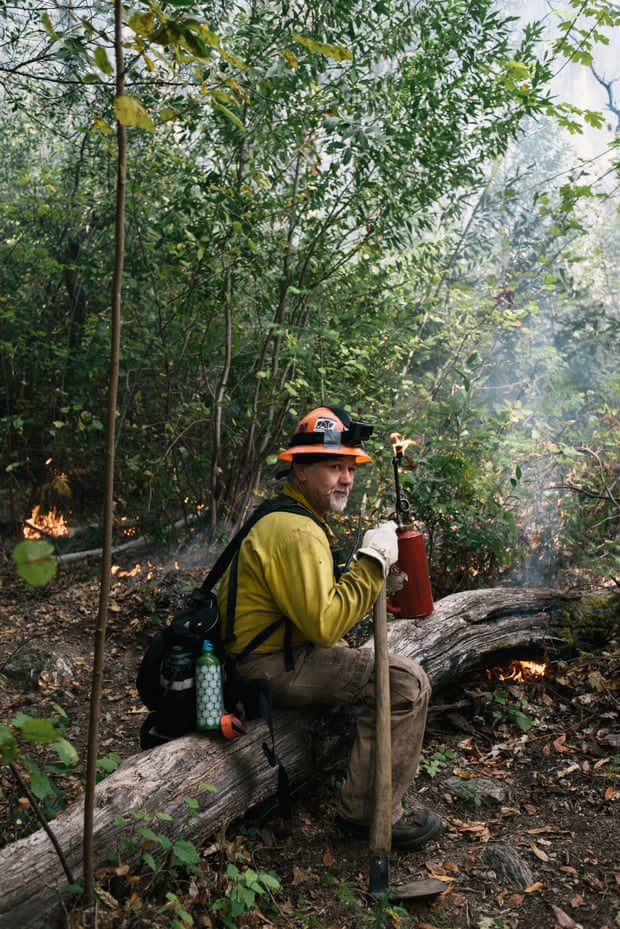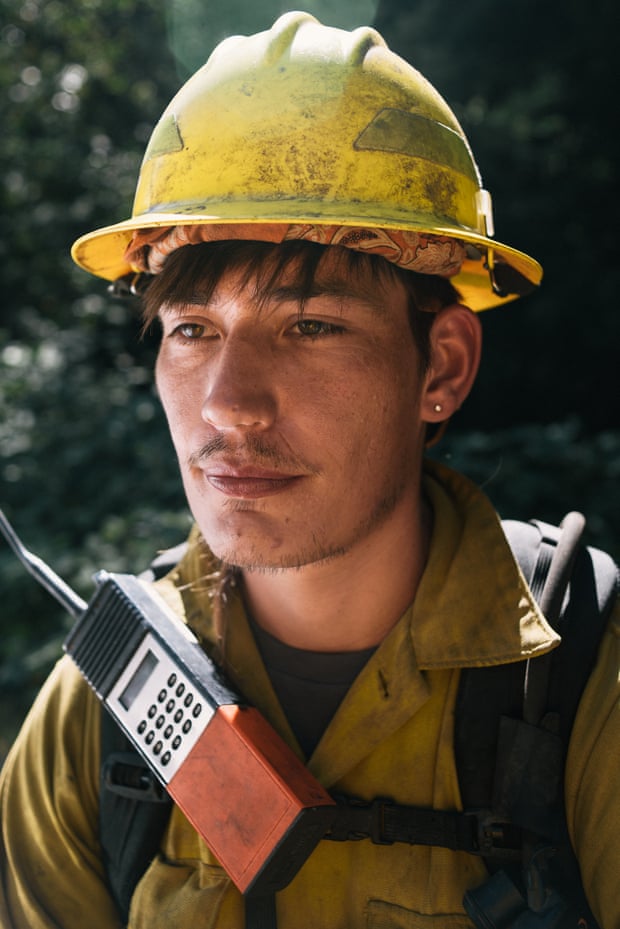Why Let the Fire Burn Was Journalism or Art
\north\n
\n
\n\n\n  \n
\n
\n  \n
\n Rick O'Rourke, Yurok burn down practitioner and fire and fuels coordinator for the Cultural Fire Management Quango. Alexandra Hootnick/The Guardian
\n\n  \northward
\northward
\northward  \northward
\northward